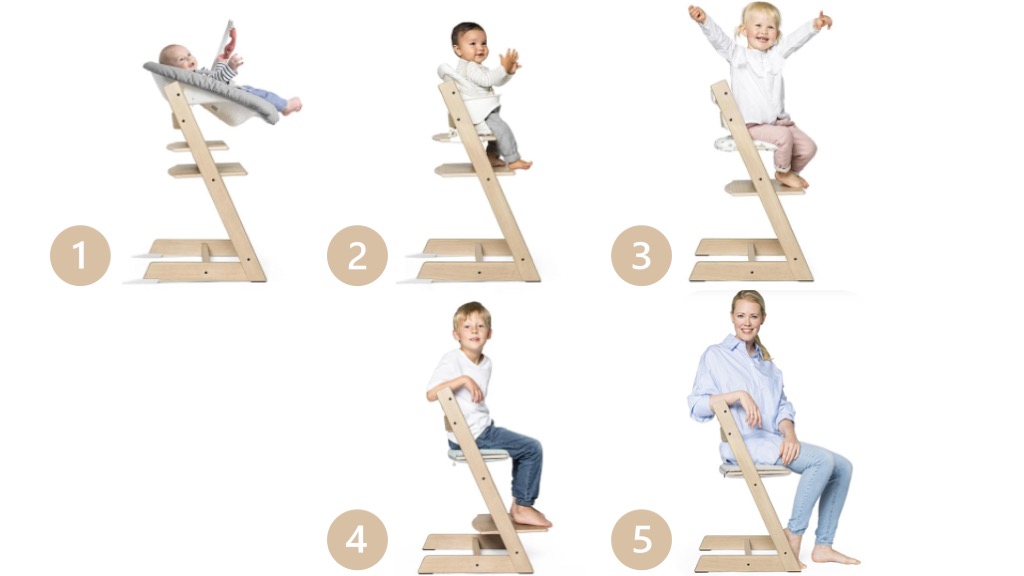In writing the book Rethinking Sitting, Peter Opsvik manages to do with chairs what we should do with cyber security: study the item in the wider context of how people interact.
Peter Opsvik’s critique is that furniture design isn’t “particularly concerned with the needs of the sitting human body.” Many rituals, he believed, are driven by a need to relieve people and compensate for poor seats; like kneeling to pray or standing to sing. Opsvik considered how the positioning of a chair, say in a kitchen or dining area, can make a person feel more or less connected, more or less important. He also spent considerable time thinking about how sitting changes as children grow into adults.
Design spans time frames: an experience lasting an hour, a stage in life lasting years, a lifetime. It spans contexts: personal, communal, societal.
We struggle with this in cyber security. Take, for example, break glass account. Right then. We setup an account with administrative-level access, write the password on an envelope, and stuff the envelop in a vault. But what happens when most administrators are working remotely? Fair point. Let’s move the password from a physical vault to a password vault, and share the vault with our backup person. But what happens when the vault goes down? How about when the person resigns and leaves for another company? How do we handle the longer lifecycle of this seemingly simple control?
Peter Opsvik’s answer to the lifecycle question is the Tripp Trapp chair. The chair is well-made, long-lasting, and stable. Simply change the seat and footrest, and the chair accommodates the user from infancy to adult. Five sets of adjustments as they mature.
The chair reminds me of the five stage maturity models. Security capabilities move from initial, repeatable, defined, capable, and finally, to optimized. To design a Tripp Trapp security control, think through how to reconfigure the control to support the evolving capability. Ideally, simplify these adjustments down to a small number of items.
What’s the seat and footrest in our break glass example? I suggest the credential storage and credential access. That is, how we set it up, and how the person handling the emergency breaks the glass.
Tripp-Trapp-Tresko is Norwegian for Tic-Tac-Toe. In the kids game, like chairs and like security, you succeed by thinking ahead. “The best sitting position,” Opsvik once said, “is always the next position.” Start with minimum viable security. Plan for future stages early, and identify the adjustments we can make. Good security controls support an evolving capability maturity.
.

This article is part of a series on designing cyber security capabilities. To see other articles in the series, including a full list of design principles, click here.
Posted by